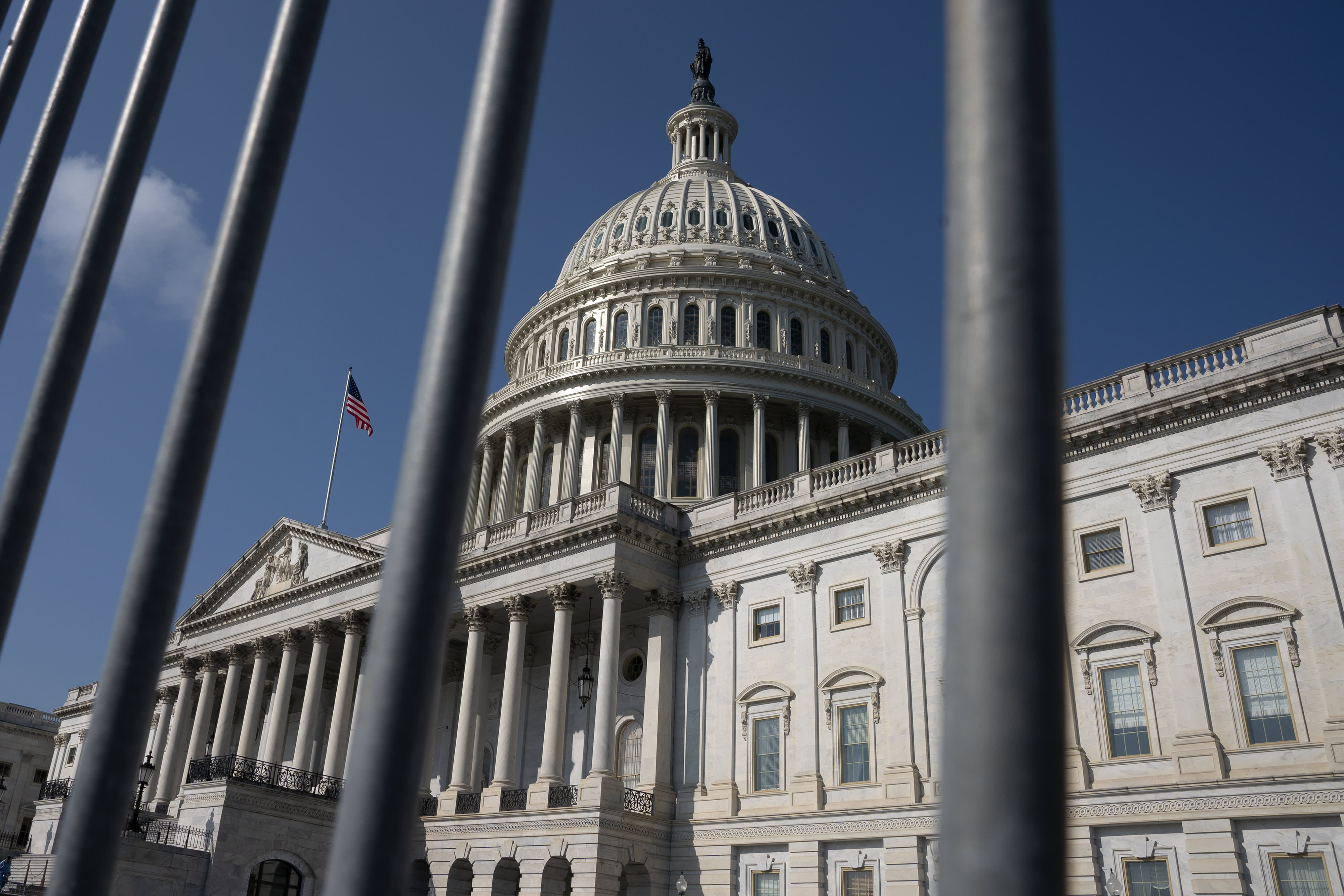
The U.S. Capitol building stands in Washington, D.C., on Tuesday, Sept. 8, 2020.
Stefani Reynolds | Bloomberg | Getty Images
Government and business debt soared in the second quarter as the U.S. dealt with the coronavirus pandemic, even as personal net worth rose and consumer credit plunged at a record level.
A Federal Reserve report released Monday showed the total household balance sheet in the U.S. rose to nearly $119 trillion in the April-through-June period, a 6.8% increase from the first quarter.
The gain in net worth was driven almost exclusively by the stock market.
Thanks in large part to unprecedented fiscal and monetary stimulus, the S&P 500 gained 20% during the quarter. That in turn led to a $5.7 trillion rise in net worth, or 75% of the total increase. Real estate contributed $500 million.
As financial assets climbed, debt, at least at the household level, went nowhere.
In fact, consumer credit tumbled at a post-World War II record 6.6% annual pace thanks in large part to a decline in credit card balances to $953.8 billion from $1.02 trillion. Student loan debt was little changed at $1.68 trillion, while auto loans edged higher to just shy of $1.2 trillion.
That came as the federal government and businesses continued to ratchet up debt. In all, domestic nonfinancial debt totaled $59.3 trillion.
Federal government debt exploded at a 58.9% pace as Congress passed the CARES Act to support an economy that had gone into lockdown at the end of the first quarter to combat the Covid-19 spread.
Nonfinancial business debt rose by 14%, which actually was below the 18.4% rise in Q1 but still well above any pre-pandemic level going back to at least 1980. State government debt rose by 3.5%, its quickest since 2009.
The data comes from the Fed’s quarterly Financial Accounts survey, previously known as the flow of funds.




